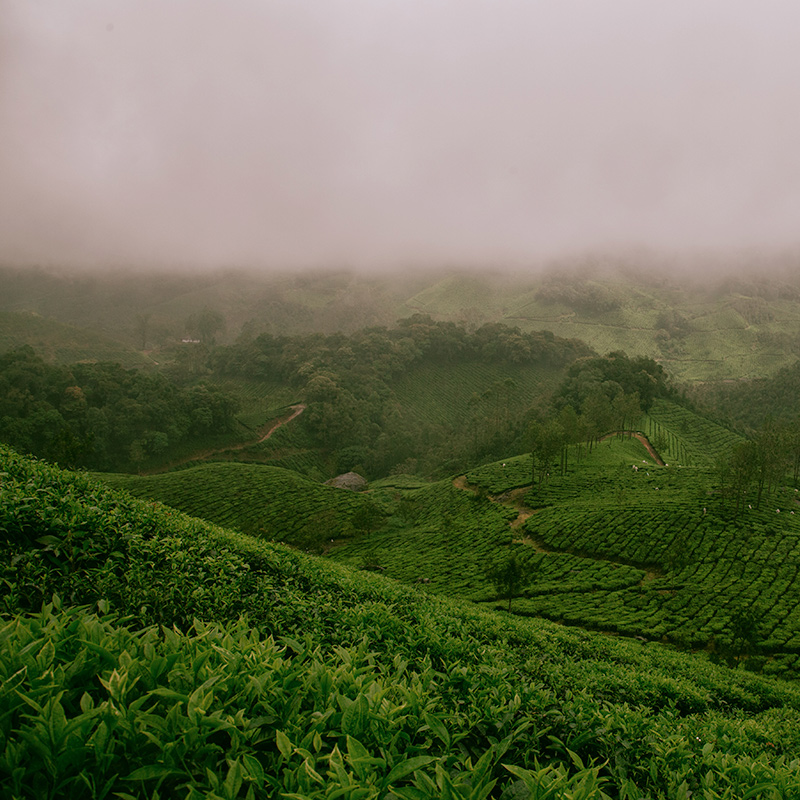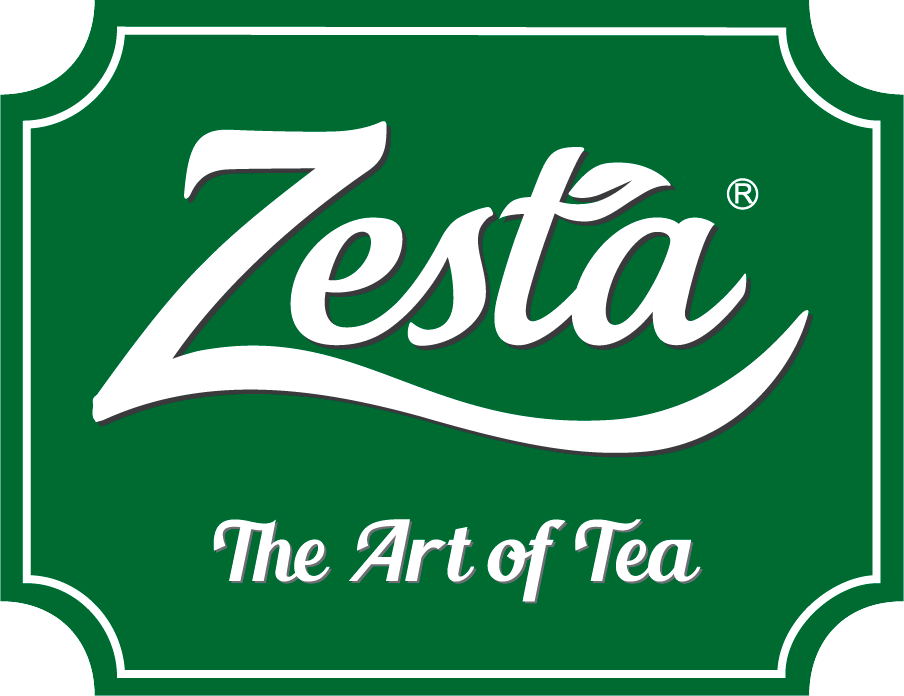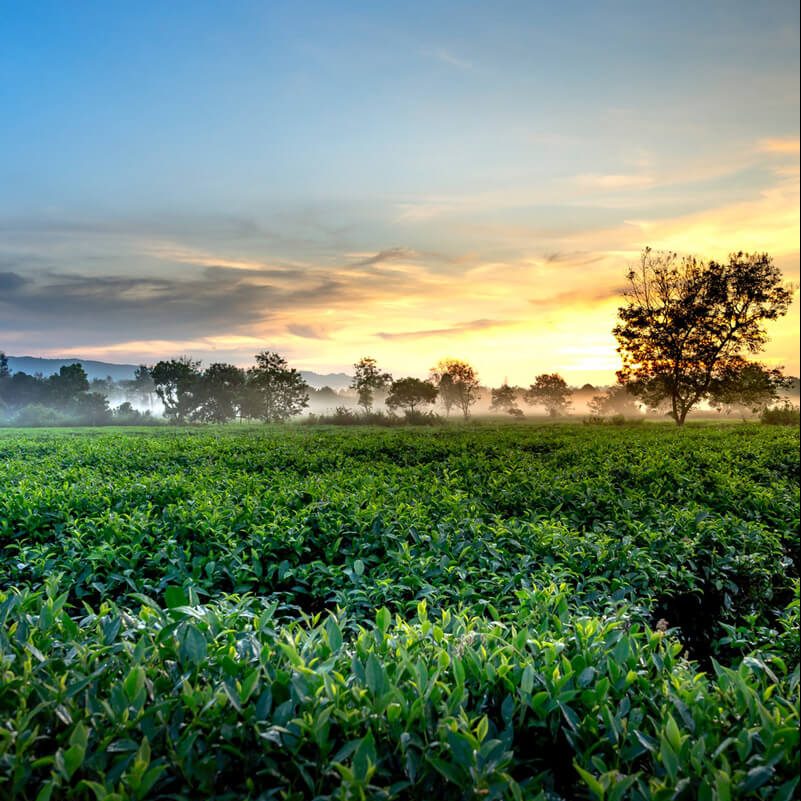
“Tea is a mystery without knowing its history.”
What is tea?
Tea is a herb derived and extracted from the Camellia plant. After water, it’s known to be the second most consumed drink in the entire world. The most popular plant in Sri Lanka is the Camellia sinensis and Camellia assamica plant.
The birth of tea
The birth of tea takes place in China, 2737 B.C., when a mythical Chinese emperor and herbalist claimed to have discovered tea after a leaf from the Camellia plant fell into his pot of boiling water. As a herbalist, he tested the infusion and liked it, giving way to years and years of tea production.
Shen Nong translates to “God Farmer” and is recognised as a deity in Chinese religion. He is believed to have introduced the Chinese to use of herbal drugs and plant-based medicine to cure ailments and illnesses. He is also believed to have introduced the Chinese people into the practice of agriculture by inventing the plough, axe, hoe, irrigation and dug wells.
According to legend, in his role as a patron of herbs, Shen Nong resembled a man with a translucent stomach, which helped him to see the effects of the herbal plants he ingested. It is believed that he had eaten over hundreds of different plants while noting down the effects it had on his body, which was used as a vehicle for researching the medicinal properties of each plant.
Tea became so valuable in China, that at one point it was used in place of coins.
Since the accidental discovery of tea, the herbal beverage became deeply rooted in Chinese culture and eventually moved to Japan during the 6th century. Kia, the Chinese word for tea was introduced to the western world approximately 400 years ago.
Britain and the western world
At the turn of the 17th century, Dutch and Portuguese sailors introduced Britain and Holland to tea following rich trade relations with China. The tea was sold at auctions at high prices, and was considered to be quite popular amongst the wealthy aristocrats of society. However, many believed that the tea was smuggled into the country at the time, as the official tea trade in Britain only began in 1664, that too, weighing only 2 pounds 2 ounces, which was used for the sole purpose of presenting it to the king.
Tea became a symbol of a person’s high status and was one of the sole reasons for some inventions. For example, in order to be able to provide shipments of tea to the west from China, they developed fast sailing boats, like ‘Clipper’, which reduced the time it took for a ship to sail from China to Europe. Having been endorsed by the royal family to ensure there was a continuous supply of tea, The East India Trading Company (also known as the British East India Company) monopolised the tea market and imported tea leaves to Britain. Many historians believe that it was the marriage of Charles II to a Portuguese princess, Catherine of Braganza, which was a turning point in the history of tea in Britain, as she was said to have been a tea addict and requested for a continuous supply of tea to be brought in. Henceforth, the beverage achieved a royal status as a ‘fashionable beverage’, first at court and then amongst the wealthy society.
By the 18th century, tea became a common household product as the imports expanded which resulted in a rapid decrease in its price. By the 1720s, black tea became more popular than green tea, and British tea drinkers began adding sugar and milk to their brew. The popularity of tea grew even further, paving its way and dominating the markets, when the coffee plantations in Ceylon were destroyed by a fungus.
The invention of black tea
The Chinese mainly focused on producing and drinking green tea, however, as the demand of tea to the western world increased, the Chinese discovered that tea can be kept longer if preserved well with a special kind of fermentation process. This brought about the iconic black tea, which managed to keep the aroma and flavour much longer than green tea.
The invention of the tea bag
In 1908, Thomas Sullivan, a tea merchant from New York is credited with accidentally inventing the tea bag. Initially, the tea was packed in white silken bags for the purpose of sending tea samples to his customers, who eventually began making tea while it was in the bags. Hence, the trend and invention of tea bags began! The tea bag revolution resulted in a price reduction of tea as it was more convenient to not just sell tea, but also drink tea, as compared to the brewing with special utensils.
Tea and health
The first discussion on the health benefits of tea and whether it had any effect to tea drinkers began in the 18th century, when it started gaining popularity. Wealthy philanthropists worried that excessive tea drinking would make the working class weak and depressed. This carried on well into the 19th century when a newer generation of philanthropists realised that tea served as the ideal beverage for their temperance movement. They saw it a fitting substitute for alcohol, thus ending the debate on the bad effects of tea on the body.
Tea in Sri Lanka
Sri Lanka, or rather it’s former name, Ceylon, didn’t produce tea until the 19th century when the island was under British rule.
Pre-tea – Cinnamon
Cinnamon became the first recognized crop of the island that gained government sponsorship during the Dutch rule. Cinnamon plantations were established in Cinnamon Gardens, Colombo and Maradana in 9067. Frederick North, the British governor at the time prohibited the ownership of private cinnamon plantations, which enabled him to secure a cinnamon monopoly for the East India Company. However, by 1833, due to an economic recession, the cinnamon production deteriorated, making it unprofitable.
Pre tea – Coffee
By the time the economy disrupted the production and need for cinnamon from Ceylon, the locals had already begun harvesting and cultivating coffee. Recognizing its potential, coffee became the next big thing for Ceylon. However, this was short-lived, as around the 1870s, a fungal disease spread across the coffee plantations and destroyed all the crops, marking the end of the era for the island and its production of coffee beans.
The era of Ceylon Tea
The British smuggled the first tea plant and rooted it in the Royal Botanical Gardens in Peradeniya in 1824. Almost 50 years later, James Taylor, recognized as the Father of Tea in Sri Lanka, began a tea plantation in the Loolecondera estate in Kandy, which marked the birth of the iconic Ceylon tea. It has believed that James Taylor was the mastermind in the technique of plucking just the two leaves and bud. 10 years after the establishment of the plantation, James Taylor built and operated a tea factory in the estate and saw to the production of the first Ceylon tea. Ceylon shipped its first supply of tea in 1873 to London.
Towards the end of the 1880s, all coffee plantations and coffee stores were converted to tea and tea factories, which also required tea processing technology to develop fast in order to meet the demand for tea.
Since then, the unwavering supply and demand of tea flourished in Sri Lanka and the export of tea is one of the country’s main sources of foreign exchange. The process of tea cultivation has developed into a scientific, highly skilled and mechanised business, making Sri Lanka one of the largest exporters of tea, comprising of various flavours and fragrances.
What makes Ceylon tea so special?
Many say that the reason Ceylon tea is so special is because of its unique flavour and aroma and because it has been carefully selected and picked by skilled local women, and not harvested by machines. By adapting James Taylor’s plucking technique, i.e. two leaves and a bud, the flavour and fragrance was made to stay preserved until brewed. Tea grown in Sri Lanka can be classified into 3 elevations, Low Grown, Mid Grown and High Grown; which are based on the tea estate’s altitude over sea level. These three elevations produce a diverse variety of tea which is not found anywhere else in the world in such a small geographic location. Ceylon black tea is one the country’s main specialities and has a crisp citrus aroma. Ceylon green tea made mainly from Assamese seed stock. The green tea cultivated in Sri Lanka has a fuller body, is more pungent and malty with a nutty flavour. Sri Lanka produces a very small quantity of green tea, most of which is exported to the markets of Middle East and North Africa. Ceylon white tip, commonly referred to as “silver tips” is an exclusive range of tea that is grown, harvest and rolled carefully by hand, with the leaves sun dried. The tea has a light liquoring with hints of honey and pine and a light golden-copper infusion.
Seasonal Teas
Ceylon has two seasons for tea – the Dimbula season in March, April and the Uva season in July, August. During these seasons the weather conditions present hot, sunny days and cool, dry nights which cause the tea bush to go through stress and concentrate its flavour in its leaves. These teas produce a taste character that is not found during the rest of the year. It is this special seasonal character that also made Ceylon tea famous around the world.


























